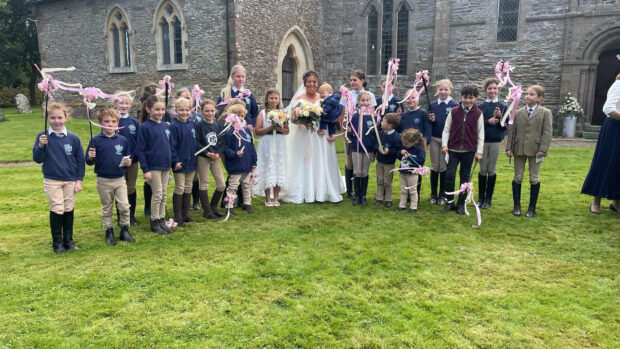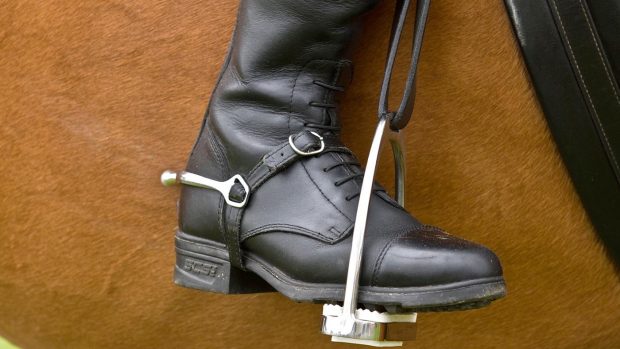The Pony Club is just one of the enduring equestrian institutions that make us proud to be British. Andrea Oakes takes a look at what makes it quite so special
The early years
Back in 1929, young riders paid five shillings (25 pence) a year to join the Pony Club — a junior offshoot of the nationwide Institute of the Horse.
With a membership badge remarkably similar to that worn today and a network of district branches headed by local commissioners, this exciting new scheme offered children access to quality instruction and the chance to compete against others in a range of activities.
Today’s mission
The Pony Club now comprises 340 UK branches, with an additional 519 centres that allow non-owners to enjoy the tuition, exams and competitions that have become a rite of passage for pony-mad children.
Emphasis remains on high standards of riding and horsemanship, alongside sporting fair play, to promote “strength of character and self-discipline”.
Why it is so special
Event rider Antoinette McKeowen is among the few to have passed the “A” test, the highest Pony Club accolade.
“It was difficult,” she recalls. “My district commissioner [Dinah Murdoch] insisted on driving me to the test venue, even though I suffered terribly from car sickness. I was so ill we had to stop four times on the way.
“The ‘H’ test [taken before the ‘A’] was probably harder, as it’s all about stable management and you dread being asked the wrong question. The examiners were quite formidable in those days and I failed first time as I kept arguing with them. I was adamant that I was right about flu jab intervals, but Mrs Murdoch pointed out that I couldn’t go telling those old fuddy-duddies they were wrong.”
Like this? You might also enjoy reading these:
15 types of Pony Club parent you’re sure to recognise
9 things we got up to at Pony Club camp that we’re sure wouldn’t happen now
Antoinette, who later rode Dinah’s horse Two O Two around Badminton and Burghley, still teaches for the Royal Artillery branch.
“We should cherish the Pony Club as it brings people together as a team, to learn and improve,” she says. “I came to it quite late and missed out on all the fun — I would have loved to go to camp.”
Don’t miss this week’s ‘Best of British’ special issue of Horse & Hound magazine (4 February 2016), where we celebrate some of the most memorable team moments for our country, indulge in some red white and blue kit, and much more




